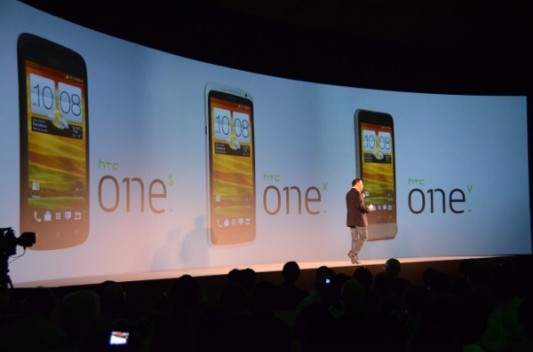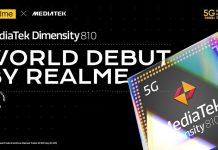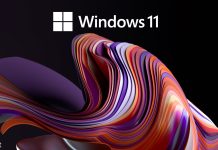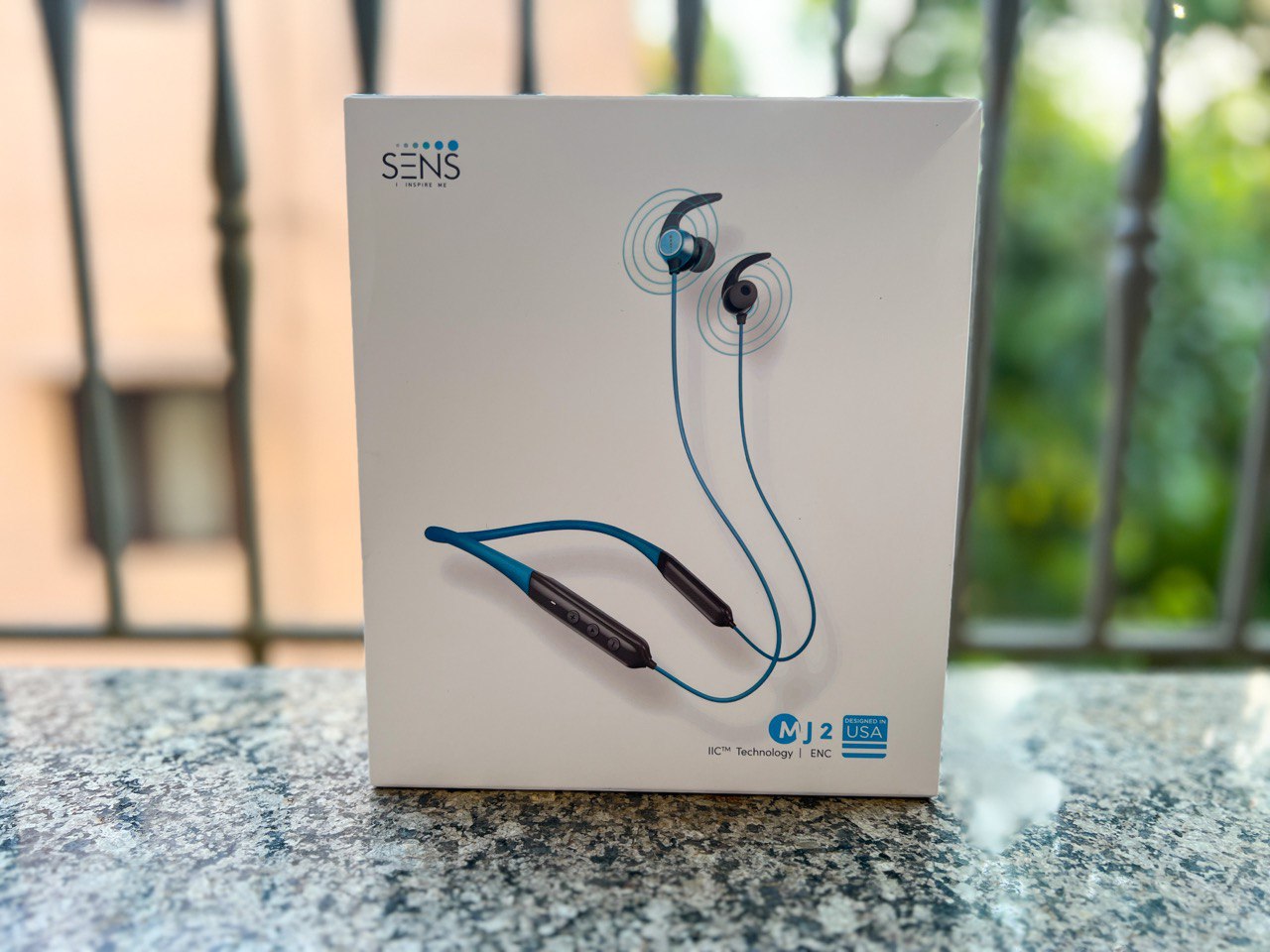Peter Chou, when introducing the HTC One series, said that he is very excited to show off these devices. They have everything new about them: an new Android 4.0 OS and also a new Sense 4.0, even the materials that the metal is coated with is new to the game.
This new HTC One also brings with it HTC’s ImageSense software. They have really worked on camera here with a shutter time of amazing 0.7 seconds, just like the zero shutter lag on the Galaxy Nexus, but the Galaxy Nexus does not autofocus while taking a picture, whereas the HTC One autofocuses in about 0.2 seconds. The camera uses a f/2.o lens, bringing 44% more light to the camera than the f/2.2 lenses, say goodbye to dull photos. The HTC One series also allows you to take continuous pics in burst mode, by just pressing and holding the button – the camera does the rest! You can also take pics while taking a video just like on the Galaxy Nexus, which is a really nice feature and very useful.
HTC as rumored earlier has partnered with Dropbox and will be giving 25 GB free to all it’s customers for two years. They also announced the Media Link feature on HTC One. Media Link supports dual-display or mirror mode, so you can actually play a movie from your phone on the TV and continue browsing the web on the phone. This is the next level of multi-tasking. We are going to love this feature! Media link also allows you to share photos to the nearest Media Link connected device by simply swiping up on the screen with three fingers.
They have also taken music very seriously and integrated Beats technology into everything on the device from the browser to any application or system sound. I am sure audiophiles are really going to dig into this feature. HTC has also gone one step ahead and featured an in-car experience into the HTC One devices. Simply plug in the Media Link jack to any car stereo’s existing 3.5mm headphone jack and enjoy your entire music collection, local or streaming, on your car stereo system.
The HTC One X features a 4.7″ HD screen powered by the 1.5 GHz Tegra 3 quad core processor. The LTE version, the HTC One XL, will have a 4.7″ screen as well, with a 1.5 GHz Quaclomm Snapdragon S4 dual core, krait-based processor. The HTC One S utilizes a 4.3″ display and a 1.5 GHz Snapdragon S4 dual core, krait-based processor, while the HTC One V will use a 3.7″ screen and a yet unknown 1 GHz processor. These four devices have different meanings in the names. The One V stands for a value or budget conscious device, the One S is for style or design, the One X is everything from design to camera and audio, the ultimate phone, and the One XL is for the extreme One experience with LTE data speeds.
The HTC One V is the successor of the HTC Legend with a slightly raised chin at the bottom. Fine attention is given to these devices in everything from the fine details to the expert crafting. The HTC One phones have a polycarbonate unibody and use microARC oxidation to give the devices a solid color throughout. No more worrying about paint chipping if you scratch it! All the three devices come with the latest 3D Gorilla glass displays wrapping around the screen to the edges. The HTC One series will be launched in April globally. In India, Airtel will be the carrier bringing the HTC One series. The US release is expected on AT&T with other carriers to follow. All in all, 144 carriers in the world have come forward to carry the HTC One.
HTC One Series spec list:
HTC One X (The Ultimate)
- 4.7″ 720p display super LCD 2
- 1.5 GHz quadcore Tegra 3 processor
- 1 GB RAM
- 8 MP camera
- 1.3 MP front camera
- 1800 mAh battery
HTC One XL (The Fastest)
- 4.7″ 720p display super LCD 2
- 1.5 GHz dual core Snapdragon S4 processor
- 1 GB RAM
- 8 MP camera
- 1.3 MP front camera
- 1800 mAh battery
- 4.3″ qHD display
- 1.5 GHz dual core Snapdragon S4 processor
- 8 MP camera
- 1650 mAh battery
- 3.5″ display
- 1 GHz processor
- 5 MP camera
- 4 GB internal storage











